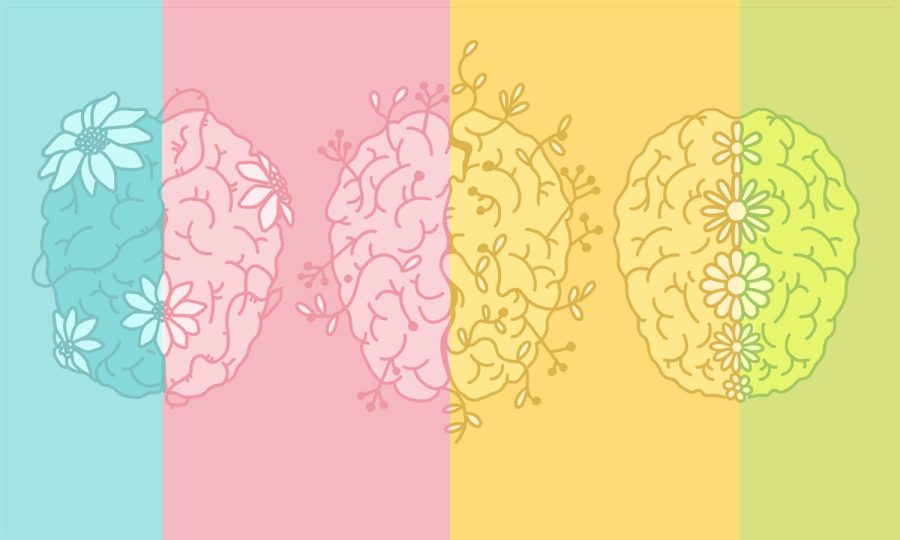Eckburg: ADHD, autism diagnoses increase, include women in criteria
Collegian | Trin Bonner
May 3, 2023
Editor’s Note: All opinion section content reflects the views of the individual author only and does not represent a stance taken by The Collegian or its editorial board.
Autism exists on a spectrum, and so do the symptoms of attention-deficit/hyperactivity disorder. Both are forms of neurodiversity, simply meaning your brain is wired a little differently, and you may experience difficulty fitting into a neurotypical crafted world.
It’s like being left-handed. Nothing is actually wrong, but you may notice driving a stick shift with the right hand is a little funky because it wasn’t made with left-handed people in mind.
Autism and ADHD are not new, and their definitions have morphed over the years to better capture their complexities. Though the histories of autism and ADHD are riddled with misconceptions and a lack of understanding about neurodiversity, it’s clear that recent research dedicated to the fields is proving fruitful.
You may have heard that autism and ADHD diagnoses are more common now and wonder why more people seem to be popping up with it, but there is a key factor that has been underrepresented in autism and ADHD research for decades: women.
The stereotype of ADHD is a hyperactive boy in a classroom, unable to sit still and pay attention. Women are less likely to be diagnosed with ADHD as children simply due to the socialization differences in boys and girls along with a lack of understanding regarding the difference between inattentive and hyperactive ADHD, according to an article in the National Library of Medicine.
ADHD tends to run in families, which can make it hard to catch. Parents and siblings of those with ADHD likely also have it themselves, meaning behaviors that could be deemed different will be completely normal within the family system and, therefore, hard to diagnose.
“ADHD medication prescriptions like Adderall increased at the beginning of the pandemic, and this likely had to do with more understanding about how neurodiversity appears in women. Plus, those who medicate their ADHD are visible right now in the media because of the nationwide Adderall shortage.”
Autistic traits in girls are often missed because the model is not made to fit women, leading to a much later diagnosis. A young girl having a special interest in horses or fairies may not seem out of the ordinary, but a young boy doing the same would raise flags that might lead to early diagnosis.
In an article in the Child Mind Institute, Dr. Wendy Nash said girls are more likely to control their behavior in public settings like school events, which would make them easy to miss.
Additionally, if these girls are socially interested yet still display odd behaviors that could be linked to autism because they don’t quite click into the interaction, they are often given a pass by the other girls in the group. To an untrained eye, this would seem like a lack of social difficulty.
It’s been shown time and time again that women are notoriously understudied, underfunded and underrepresented in research areas. Even crash test dummies in cars are made with male dimensions assuming a man will be driving a car and in an accident.
It’s not that more people spontaneously have autism or ADHD after the pandemic; it’s that science is including women in diagnosing criteria for the first time, and that is more than a good thing. Understanding neurodiversity means scientists must study every type of neurodiverse brain, not just the brains of neurodiverse men.
ADHD medication prescriptions like Adderall increased at the beginning of the pandemic, and this likely had to do with more understanding about how neurodiversity appears in women. Plus, those who medicate their ADHD are visible right now in the media because of the nationwide Adderall shortage.
I would encourage you to do more research into neurodiversity and interact with autistic or neurodiverse creators online as they can give you the best information about their diagnoses aside from a professional.
Including women in science is important to gain more understanding about the human experience, body, brain and emotional complexity. The rise in diagnoses of neurodiverse women shows we’re being understood.
Reach Bella Eckburg at letters@collegian.com or on Twitter @yaycolor.








